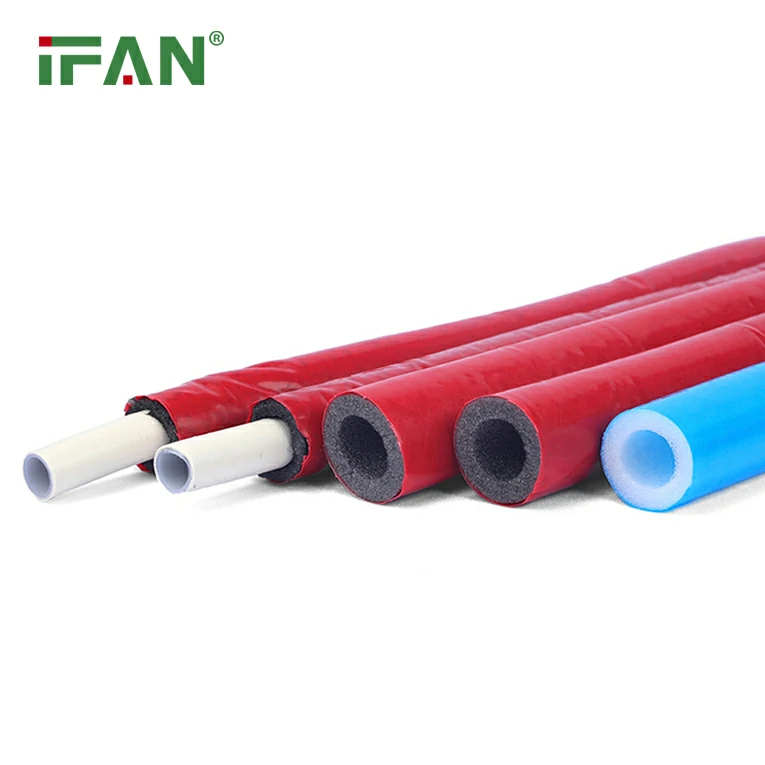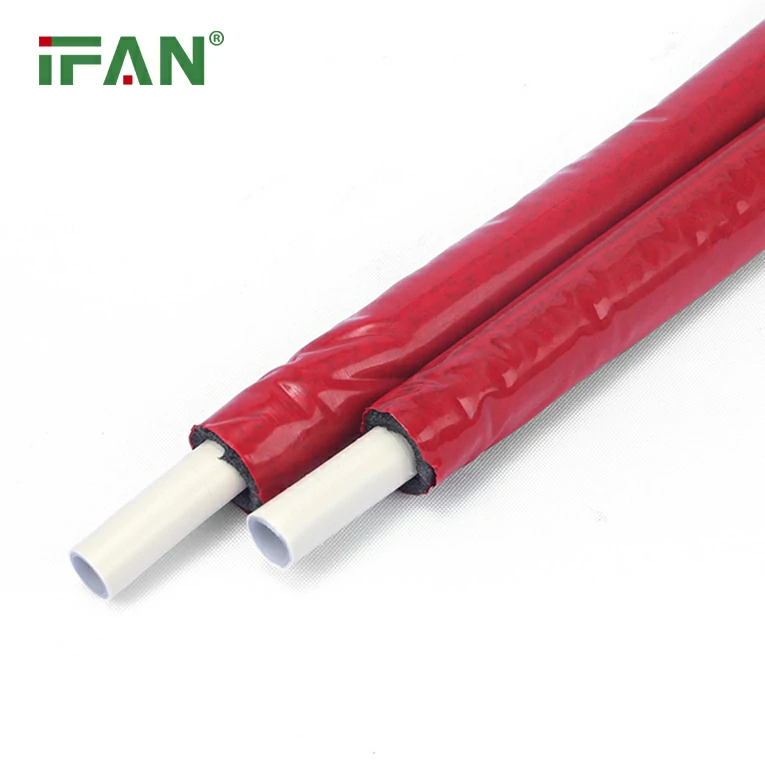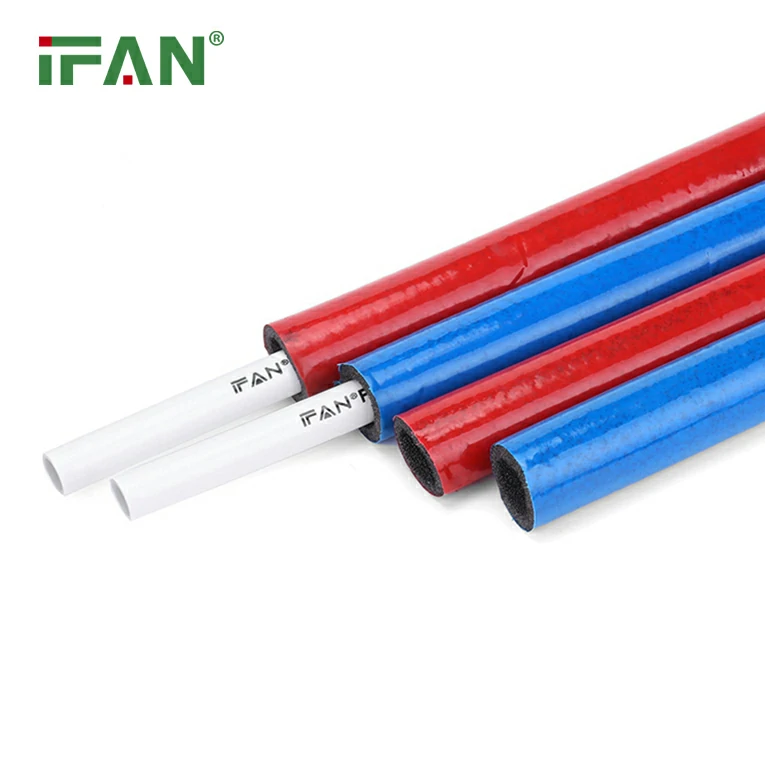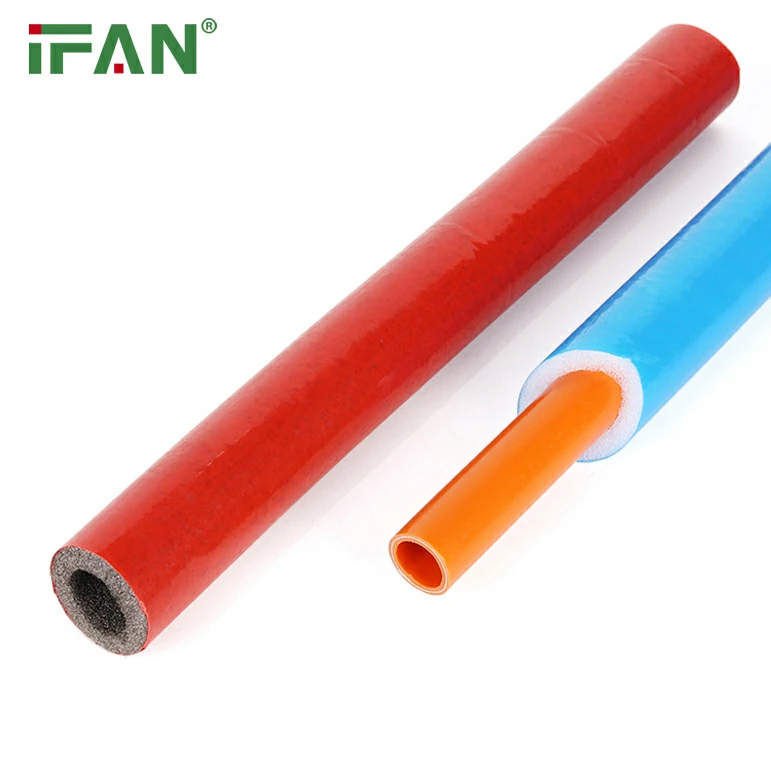As plumbing technology continues to evolve, PEX (cross-linked polyethylene) piping has become a popular choice among builders, plumbers, and homeowners alike. Its flexibility, durability, and resistance to corrosion make it an appealing option for various plumbing applications. However, with different types of PEX pipes and various installation methods available, understanding your choices is crucial. This article aims to provide a comprehensive overview of PEX piping choices, addressing the different types of PEX, their applications, advantages, installation methods, and considerations for choosing the right PEX for your project.
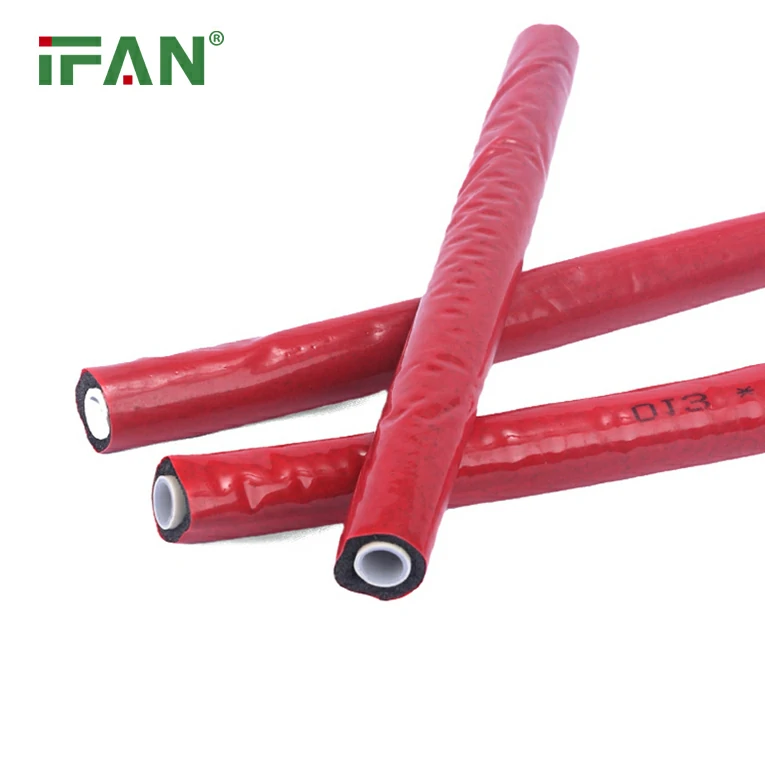
What is PEX Pipe?
PEX pipe is a flexible plastic piping that has been widely adopted for both residential and commercial plumbing applications. It is manufactured through a process that cross-links the polyethylene molecules, resulting in a durable and versatile material.
Benefits of PEX Pipe
- Flexibility: PEX can bend easily, allowing for easier handling and installation, particularly in tight spaces.
- Corrosion Resistance: Unlike metal piping, PEX does not corrode or rust, which means cleaner water and longer-lasting plumbing systems.
- Thermal Resistance: PEX pipes are capable of withstanding high temperatures, making them suitable for hot water applications.
- Lower Installation Costs: The lightweight nature of PEX and its simple installation methods reduce labor time and overall project costs.
- Energy Efficiency: PEX pipes offer excellent insulation, which helps maintain water temperature and can lead to lower energy bills.
Different Types of PEX Pipes
To understand your PEX piping choices, it is important to recognize the various types of PEX pipe available in the market. Each type has its characteristics and uses.
1. PEX-A
Description: PEX-A is manufactured using the Engel method, which involves cross-linking the material during the extrusion process. This results in pipes that are highly flexible and resilient.
Advantages:
- Ultimate Flexibility: PEX-A can make tight bends without requiring additional fittings. This means fewer potential leak points.
- Heat Memory: The pipe can “remember” its original shape if slightly kinked, making repairs easier.
- Superior Resistance to Freezing: PEX-A is less likely to crack or shatter when frozen, giving it an edge in cold climates.
Applications:
- Ideal for residential plumbing systems, radiant floor heating, and other applications requiring flexibility.
2. PEX-B
Description: PEX-B is produced using the Silane method, where the cross-linking occurs after the extrusion of the pipe. While it is slightly less flexible than PEX-A, its durability makes it a great choice for various plumbing applications.
Advantages:
- Cost-Effective: PEX-B is generally less expensive than PEX-A, making it an appealing choice for budget-conscious projects.
- Good Flexibility: While it’s not as flexible as PEX-A, PEX-B still allows for moderate bends, which suit standard installations well.
- Lower Expansion: PEX-B contracts and expands less than PEX-A when heated, providing stability in hot water applications.
Applications:
- Commonly used for residential hot and cold water supply lines, including new construction and retrofits.
3. PEX-C
Description: PEX-C is made using a process that involves high-energy radiation to achieve cross-linking. This can result in a rigid pipe compared to PEX-A and PEX-B.
Advantages:
- Enhanced Stability: PEX-C is less prone to expansion and offers better resistance to dimensional changes under temperature fluctuations.
- Chemical Resistance: It demonstrates higher resistance to certain chemicals, which can be beneficial in specific plumbing applications.
Applications:
- Suitable for plumbing applications where stability is critical, like in high-temperature or chemical-intensive environments.
4. Oxygen Barrier PEX
Description: Oxygen barrier PEX pipes have an additional layer that prevents oxygen permeation through the pipe material.
Advantages:
- Prevention of Corrosion: The oxygen barrier protects metal components in heating systems from corrosion and rust, thus extending their lifespan.
- Improved Heating Efficiency: Helps maintain system efficiency by preventing oxygen from entering the system, which can disrupt heat circulation.
Applications:
- Primarily used in hydronic heating systems and radiant floor heating applications.
5. PEX-AL-PEX
Description: PEX-AL-PEX is a composite pipe made up of an inner and outer layer of PEX, with a middle layer of aluminum. This structure provides unique advantages not found in standard PEX.
Advantages:
- Resistance to Thermal Movement: The aluminum layer helps control thermal expansion and contraction, providing greater stability than standard PEX.
- Durability: This composite structure makes PEX-AL-PEX strong and suitable for high-pressure applications.
Applications:
- Often used in heating systems, particularly for radiant heating and high-pressure plumbing applications.
Choosing the Right PEX Pipe
Considerations for Selection
When selecting the appropriate PEX pipe for your plumbing project, consider the following factors:
- Application: Identify the specific application for which the PEX will be used—whether it’s for hot water supply, radiant heating, or water distribution.
- Local Building Codes: Check local building codes and regulations regarding the use of PEX piping. This may influence your choice of PEX type and installation techniques.
- Environmental Conditions: Consider the environmental conditions where the PEX will be installed. For example, pipes exposed to extreme temperatures may benefit from more flexible options like PEX-A.
- Cost Constraints: Analyze the costs associated with different types of PEX pipes. PEX-B may be more budget-friendly, but choosing a higher-cost option like PEX-A could result in long-term benefits in specific applications.
- Installer Familiarity: Ensure that the installation professionals are familiar with the specific type of PEX piping being used and the best practices for installation.
Installation Practices for PEX Pipe
Best Practices
- Use the Right Tools: Use appropriate tools for cutting, crimping, or connecting PEX pipes. The right tools help ensure secure connections and reduce installation time.
- Follow Manufacturer Guidelines: Each type of PEX will have specific installation guidelines provided by the manufacturer. Adhering to these instructions is essential for the proper performance of the piping system.
- Conduct Pressure Testing: After installation, perform pressure testing to ensure that all connections are leak-free and the system operates within its pressure limits.
- Insulate Exposed Areas: Make sure to insulate any exposed PEX pipes to protect them from temperature fluctuations, especially in unheated areas or regions prone to freezing.
Conclusion
Understanding the various types of PEX piping and their applications is essential for homeowners, contractors, and builders alike. Each type of PEX pipe—whether PEX-A, PEX-B, PEX-C, oxygen barrier PEX, or PEX-AL-PEX—has unique benefits suited to specific applications. Selecting the right PEX pipe ideally depends on the particular needs of a project, local building codes, and environmental conditions.
As water conservation and energy efficiency continue to be top priorities in the plumbing industry, PEX piping solutions will remain a key choice for modern plumbing applications. By making informed decisions regarding PEX pipe selection and installation, you can ensure reliable, efficient, and long-lasting plumbing systems that meet the needs of both homeowners and businesses.
FAQs
1. What types of PEX pipe are available?
The main types of PEX pipe are PEX-A, PEX-B, PEX-C, oxygen barrier PEX, and PEX-AL-PEX, each designed for specific applications.
2. Can PEX be used for hot water supply lines?
Yes, PEX pipes are suitable for both hot and cold water supply lines, making them versatile for various plumbing applications.
3. How do I choose the right type of PEX for my project?
Consider application requirements, local building codes, environmental conditions, and budget constraints when selecting the right PEX pipe.
4. Is PEX pipe resistant to freezing?
While PEX pipe has better resistance to freezing than rigid piping materials, it can still freeze if exposed to extremely low temperatures. Proper insulation and installation practices are essential to prevent freezing.
5. What are the best practices for installing PEX pipe?
Use the right tools, follow manufacturer guidelines, conduct pressure testing, and insulate exposed areas to ensure a successful PEX installation.

